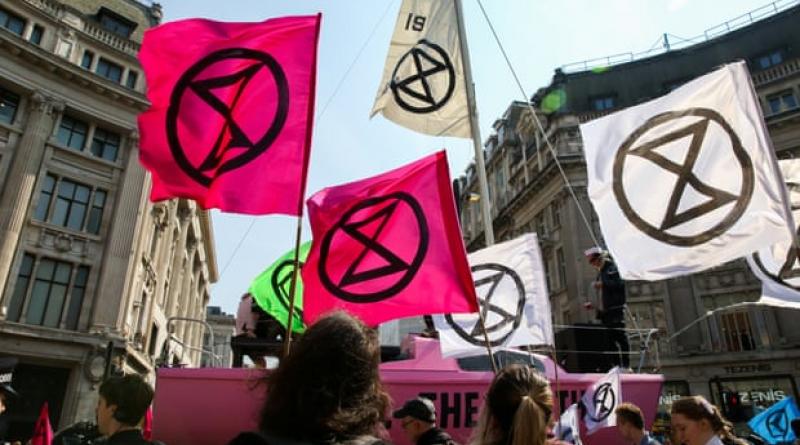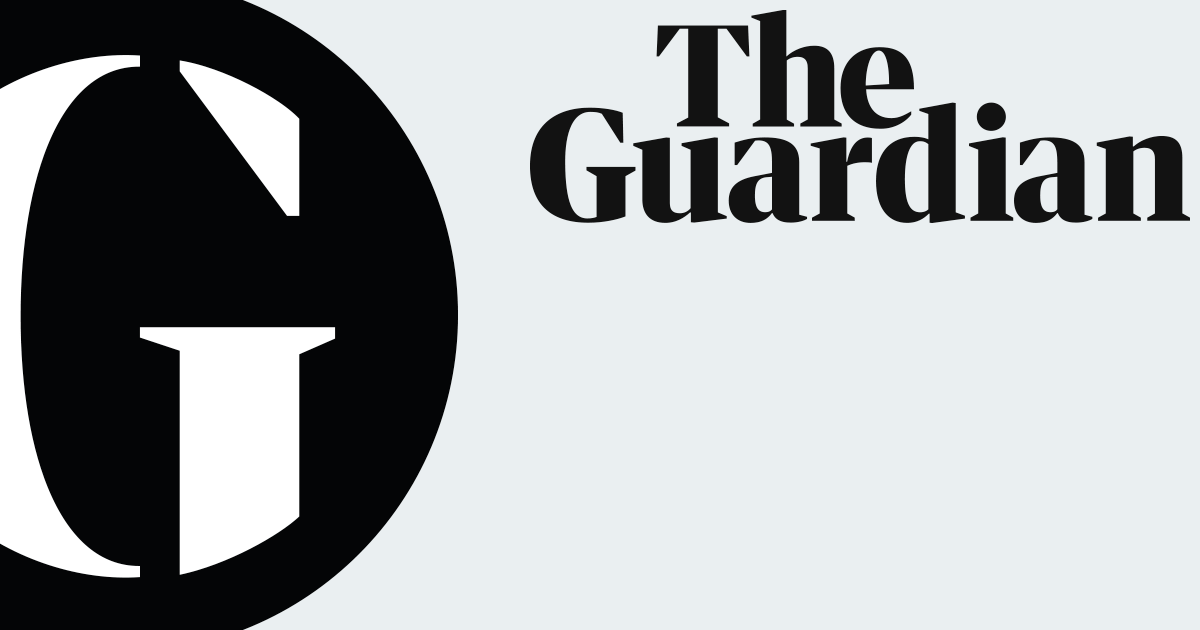How the symbol for extinction became this generation’s peace sign.

The beautifully simple design is everywhere following the protests of Extinction Rebellion – but why are its origins still shrouded in mystery?
he 1960s counterculture had the peace symbol, 1980s rave culture had the smiley face, and now 2019 has its own ubiquitous logo: theextinction symbol, signifying the mass movement against climate breakdown and destruction of the natural world.
Following the recent, successful actions of Extinction Rebellion (XR) in London, across the UK and globally, the extinction symbol has been everywhere: on coloured flags and banners, on clothes, spraypainted on to buildings (such as Shell’s London headquarters). People even lay down and arranged their bodies in its shape. It has appeared as far afield as Ghana, New Zealand and Hong Kong. It has featured in artworks and tattoos. It has arrived.
Like all successful logos, the extinction symbol is beautifully simple and thus eminently reproducible. The circle, signifying the planet, draws on that peace-symbol heritage (and makes it badge-friendly); the “X” could be read as signifying “extinction”; while the horizontal lines suggest a stylised hourglass, and distinguish it from similar logos, such as that of the X-Men, saying that time is running out.
Where the symbol has come from is something of a mystery. Its origins predate Extinction Rebellion, explains Charlie Waterhouse, a graphic designer whose firm, This Ain’t Rock’n’Roll, assists with XR’s art group. “It was done by somebody that we know only as ‘Symbol Man’. I don’t think he wants anybody to know who he is.” We know he is an artist based in east London. He has a Twitter presence and a website. Approached by email, he signs off as “Goldfrog ESP”. He declines an interview, but, on the symbol’s global presence, he comments: “It’s interesting to see all of the various creative ways in which people are using it. I’m just pleased that it can be of help to highlight the severity of the extinction crisis.”
In a recent interview for the website Eco Hustler, ESP spoke of prior involvement with the UK anti-roads movement and a background in sculpture and printmaking. “I was making protest art about the declines of various individual species for a while,” he said. “But it felt quite inconsequential in relation to the scale of the problem. I gradually realised that the issue was so big that I couldn’t do this alone, and therefore it needed something simple that anybody could easily replicate. At the start of 2011 I was just randomly sketching designs and as soon as I drew the symbol I knew what it was.”
Having offered the use of the symbol to major environmental groups and received little response, ESP began putting posters and tiles of the symbol on walls around east London himself. XR contacted ESP last year. On his website, ESP makes the extinction symbol freely available to those who wish to use it, but makes it clear that it has always been an anti-consumerist project. “No extinction-symbol merchandise exists, and it never will do.” True to that spirit, this week’s XR protests included “art stations” where people could print the logo on to their own items, rather than buying new ones. Of course, there is the danger that the extinction symbol’s meaning is co-opted and distorted by others, much as the peace symbol mutated from anti-nuclear activism to a general code for flower power, ultimately ending up on haute couture fashion items. But if it plays a part in saving the planet, that will be the least of anyone’s worries.
16 April 2019





